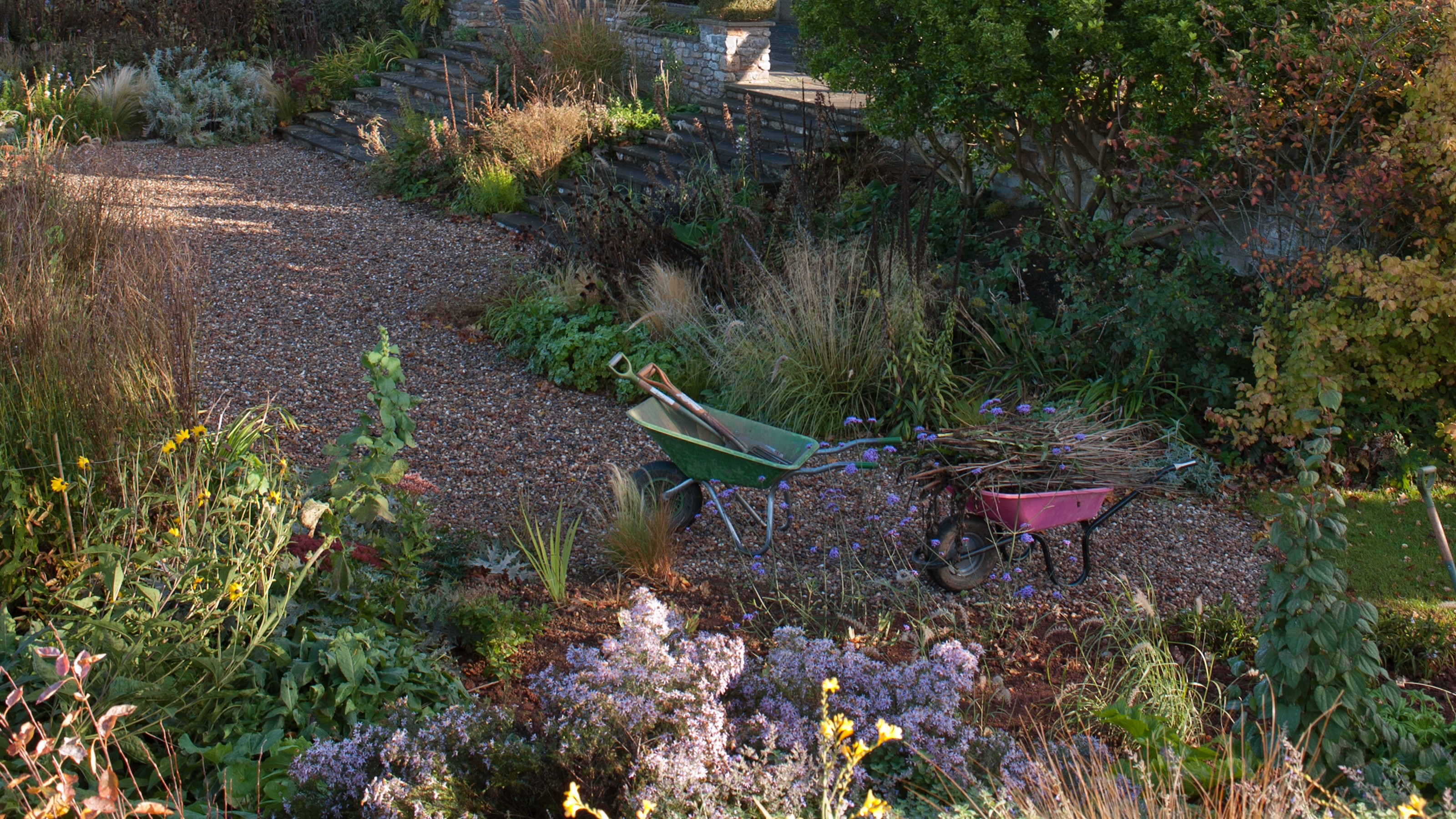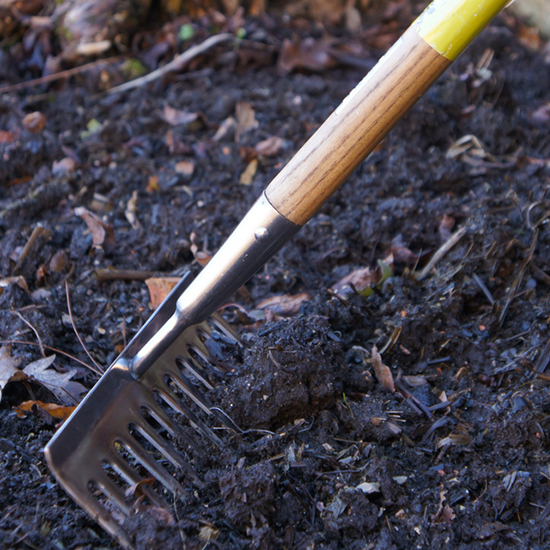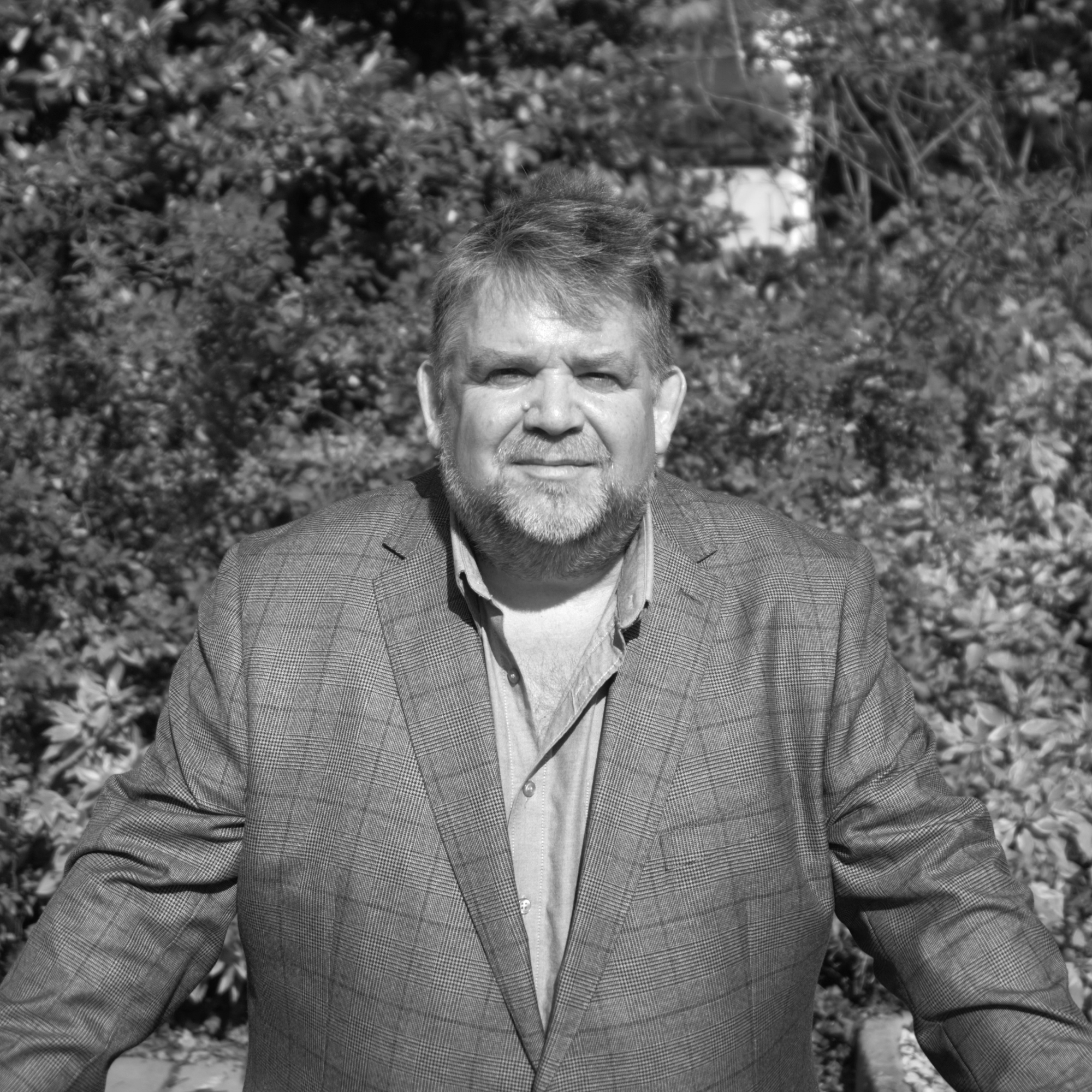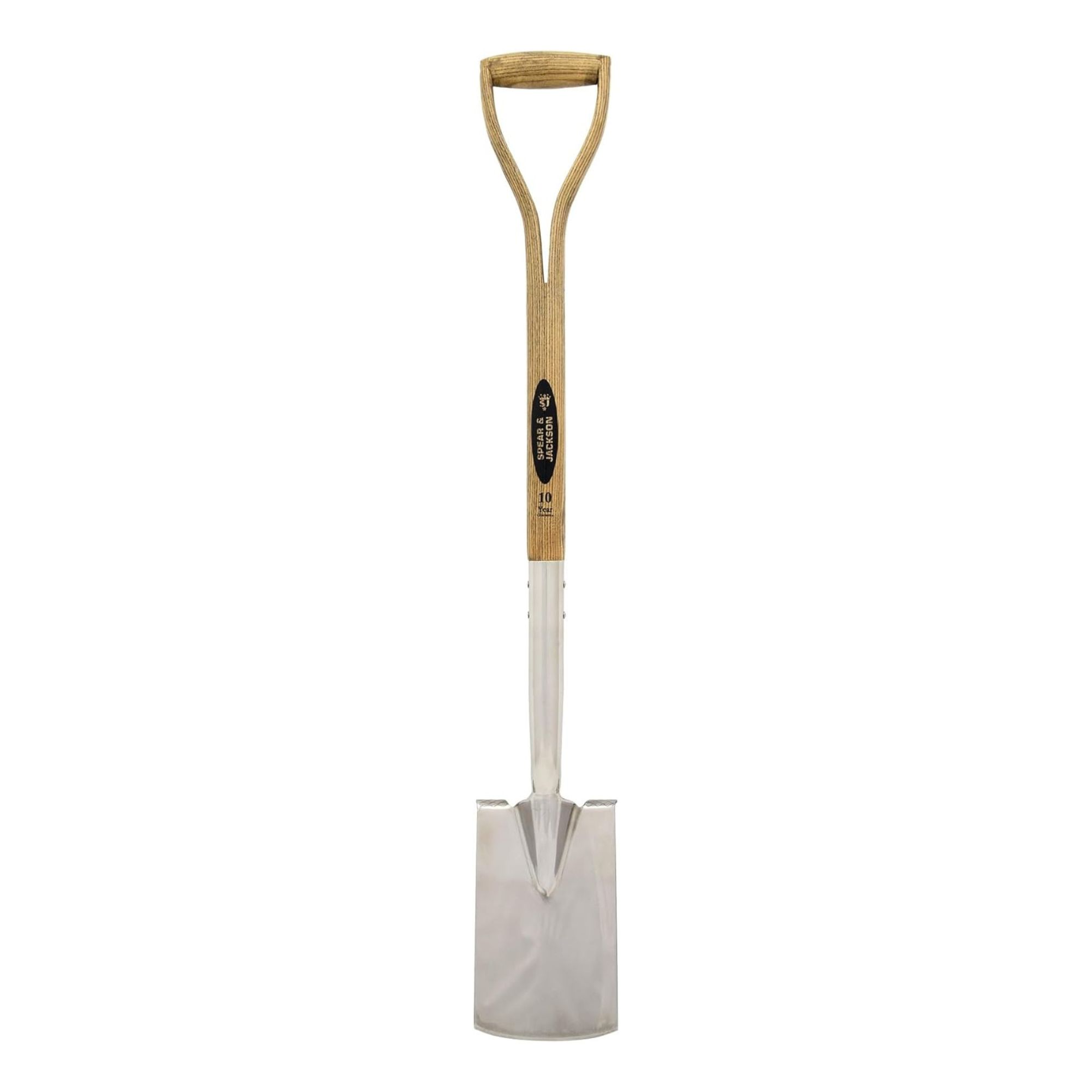Should you transplant when soil is wet or dry? Experts reveal the ‘perfect’ soil conditions to avoid transplant shock
You need to make sure the soil is just right


Transplanting is a tricky business. And while it’s a task that every green-fingered gardener should master, transplanting in the wrong conditions can prove fatal. So, should you transplant when the soil is wet or dry?
Whether you’re transplanting seedlings for your vegetable patch or you want to move your beloved hydrangeas to a sunnier location, this task can help bring your garden ideas to life. But while it’s easy to assume that transplanting is a simple process, the reality is that transplanting is a bit like Goldilocks and the Three Bears. And the soil is the porridge.
Yes, you need to make sure that the soil is just right when transplanting, which is why we’ve consulted garden experts to determine whether you should transplant when the soil is wet or dry.

Many gardeners underestimate how important the soil is to their plants. Not only do you have to ensure you’re growing the right plants for your soil’s pH, but you also need to understand the nutrient content of your soil and whether you should be choosing flood-proof plants or drought-proof plants for your outdoor space.
After all, this can affect how you move plants in the garden - especially if you’re looking to transplant tender seedlings or move established plants without killing them in the process. But it turns out that the moisture content of the soil can also affect your plants when transplanting.
Morris Hankinson, director of Hopes Grove Nurseries, explains, ‘Transplanting young plants into wet or dry soil is doable. However, there could be issues with both if the soil is too wet or too dry.’ So, you should aim to transplant plants when the soil is moist.
This is echoed by John Clifford, garden expert at Gardenstone, who says, ‘In my opinion, the best time to transplant plants is when soil is moist, but not excessively wet. This is because moist soil is much easier to work with than wet or dry soil.’
Sign up to our newsletter for style inspiration, real homes, project and garden advice and shopping know-how
Using a moisture tester can help to determine whether the soil is too wet or dry. Alternatively, you could use your fingers for this task. Simply stick your finger into the soil (down to the knuckle, ideally) and feel for any moisture.
Your plants will thank you for this, too. Morris says, ‘Ensuring the soil is moist enough to hold together but without it being drenched is the ideal type of soil for transplants. This means roots will get moisture needed, settle in well and the soil can be gently firmed down around the plant giving it stability as well.’

Morris Hankinson is the founder and managing director of Hopes Grove Nurseries Ltd, the UK’s only specialist grower-retailer of hedging plants. He established the thriving business in 1992, shortly after graduating with a Commercial Horticulture Degree from Writtle College, Essex.
Why you shouldn’t transplant when soil is wet
It’s not uncommon to have wet soil in the UK. Even in the summer, the rain just doesn’t seem to let up. And although this gives you the opportunity to create a rain garden or make your water butt look more attractive, it can make transplanting plants difficult.
In fact, transplanting in excessively wet soil can prove disastrous for your plants. Morris says, ‘If you transplant into wet soil that is waterlogged or extremely wet, not only will it be messy but your plants could struggle, with roots sitting in possibly cold wet soil for too long which can cause disease and root rot.’
Unfortunately, there’s absolutely no way to bring plants back from root rot, so you definitely don’t want to transplant when the soil is wet.

Why you shouldn’t transplant when soil is dry
On the rare occasion of sunshine and hot weather, you may feel inclined to get out into the garden and transplant your plants. However, once again, you must be careful, as transplanting when the soil is dry can also be fatal.
John says, ‘Particularly dry soil can be crumbly, which falls away from the roots and doesn't cement the plant in the ground effectively. This can have a negative impact on the plant and its overall health.’
Alongside this, dry soil can also cause your plant unnecessary stress and result in transplant shock, as it won’t have the necessary moisture it needs to thrive in its new location.
‘The roots need to take up some moisture to strengthen the plant in order to grow,’ Morris says. ‘Plus, after transplanting, if you water dry soil, you may notice lots of the soil moving away from the plant, or the water will make a dip around the base of the plant.’

John Clifford is a director of Gardenstone, a leading garden landscaping retailer based in the UK. With over 30 years in the gardening industry and continual work alongside The National Trust, John has amassed an extensive range of gardening and planting knowledge. Alongside his younger son, John has built a strong reputation for Gardenstone as a trusted source for both high-quality garden products and expert gardening advice.
How to guarantee a successful transplant
Although you should transplant your plants in moist soil, you can also take steps to prepare them for this process. This will minimise any chances of transplant shock.
Hannah Rowson, Assistant Garden Manager at J. Parker’s, says, ‘Before transplanting, water the plant thoroughly and dig a hole in the new location that's twice as wide and as deep as the root ball.’
‘Gently remove the plant from its original spot, keeping as much soil around the roots as possible. Place it in the prepared hole, fill in with soil, and water well to settle the soil and remove air pockets,’ she adds.
And if the rain doesn’t do it for you, you should continue to water your newly transplanted plant for a couple of weeks afterwards. John says, ‘You'll need to ensure that the soil remains consistently moist for the first few weeks after being transplanted, as this will help the plant establish itself in its new location.’

Assistant Garden Centre Manager, Hannah Rowson, has been with bulb specialist J.Parker's for over 8 years. RHS qualified, Hannah is a fountain of knowledge for all things gardening and horticulture, and has even had her garden designs displayed at RHS Tatton Flower Show.
What you'll need
FAQs
Can I repot when soil is wet?
If you’re looking to transplant your plants from one container to another (which is something you should do every few years or when needed), you should do so when the soil is moist. If it’s too dry, it’ll be incredibly messy and could result in root rot or transplant shock.
And while it may be easier to slide the root ball out of the pot or container when it’s dry, you also don’t want the soil to be too dry.
So, it’s best to plan this process in advance and water your container plant a day or two before you want to repot it. This will ensure that the soil is moist enough to successfully transplant it.
How do you dry out too wet soil?
If you want to transplant your plants but the soil is too wet and the weather forecast for the next few weeks doesn’t look promising, you can try to dry it out yourself.
One of the best ways to dry out wet soil is to add hydrated lime to it. Simply scatter some over the top of the soil and use a garden fork to turn it over and fold it through. Just make sure to follow the instructions and don’t overuse it.
If the wet soil is affecting a container plant, you could also move it to a sunnier or drier location to help dry it out naturally.
So, there you have it. You should transplant when soil isn’t too wet, but also not too dry!

Lauren Bradbury has been the Content Editor for the House Manual section since January 2025 but worked with the team as a freelancer for a year and a half before that. She graduated with a Bachelor’s degree in English and Creative Writing from the University of Chichester in 2016. Then, she dipped her toe into the world of content writing, primarily focusing on home content. After years of agency work, she decided to take the plunge and become a full-time freelancer for online publications, including Real Homes and Ideal Home, before taking on this permanent role. Now, she spends her days searching for the best decluttering and cleaning hacks and creating handy how-to guides for homeowners and renters alike, as well as testing vacuums as part of her role as the Ideal Home Certified Expert in Training on Vacuums, having spent over 110 hours testing different vacuum models to date!


